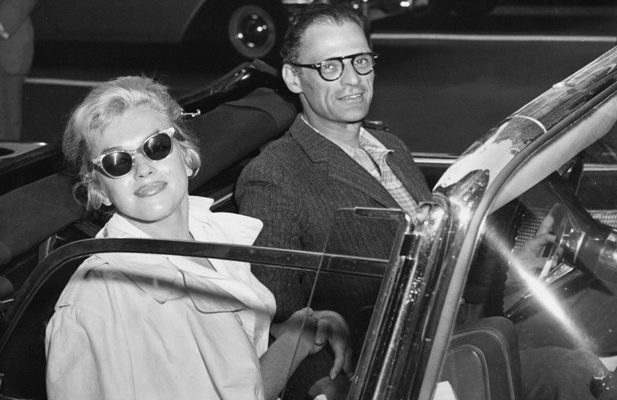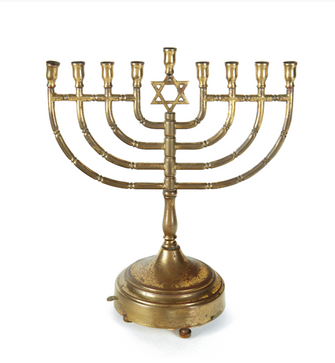THE POWER OF MANIFESTING – HOW TO CREATE THE LIFE YOU WANT
Many people believe that thoughts can have an influence on life. When they wish for something – be it a material or a spiritual wish – they often see the reason for the fulfilment of these wishes in manifestation. Manifestating stands for thought and belief processes through which we manifest things into our lives, possibly even unconsciously.
HOW EXACTLY DOES MANIFESTING WORK?
Manifestations are based on the law of attraction. The law states that what resembles each other attracts each other. Thoughts should therefore realise themselves. You can understand this law of attraction in such a way that when you begin to remember and perceive the evidence of it more and more clearly in your surroundings, you can recognise that your own thoughts correspond exactly to what has become your experience. In this way it should be possible to create one’s own reality and to wish for more and more things. As long as we firmly believe this, we may be able to influence our whole life.
The process of manifesting has not been scientifically proven, but many people believe in its effectiveness and report things they have wished for that have actually come true.
There are various techniques to help you do this: You have to believe that you deserve the things you want, that they can become reality and that this happens through the right thoughts, which you have to repeat over and over again. So it all starts with an idea or a wish. This wish is then talked about more, shared with others and thought about more. Eventually it should be realised.
METHODS OF MANIFESTING
There are various methods of manifesting: for example, you can present your wishes in the form of pictures and motivating sayings on a so-called “vision board” to support your own power of thought through visualisation. You can also keep a diary and describe your life as you would like it to be. You should write as if the desired life were already a reality. You can also write wish letters and ask the “universe” for help or use positive affirmations to increase the likelihood that your wishes will be fulfilled. Showing gratitude and living in the now play an important role in the process of manifesting.
According to hypnotherapist and mental coach Josef Kryenbuehl, the best time to manifest is just before going to sleep and just after waking up, as the subconscious is particularly receptive at these times. You should use sentences such as “I am sure that…” or “I have…” and then imagine the desired reality. You should also use sentences such as “That’s mine!” to make it clear that you already have what you want. Finally, it is particularly important to have a positive outlook on life and to be grateful in order to strengthen the process of manifesting even more. You should see, feel and live your wish.
If you want to strengthen the effect of manifesting even more, you can also work with the power of gemstones, perform full moon rituals, work with colours or meditate to find inner peace and make space for new things in your life.
THE INTERPLAY BETWEEN MANIFESTATION AND FAITH
Manifestation does not succeed without belief in it. Although it is possible to perceive when wishes have become reality, the manifestation process itself cannot be proven. Our thoughts play a large part in how our lives look, how we feel and what changes or new things are added. But can we make things happen purely with the power of our thoughts? If we believe that we are capable of doing so and that we are constantly manifesting new things, there is a greater chance that we will succeed. Because the attitudes we have, whether positive or negative, influence our lives. If someone is constantly thinking negatively, positive things are less likely to happen in their life.
MISTAKES WHEN MANIFESTING
You can make a lot of things really happen through manifestation, but it can also happen that the manifestation does not have the desired success. You can also make mistakes. If you want to ask for the realisation of a wish, you must pay attention to the correct wording. If you formulate something negatively, i.e. the way you do not want it, this negative can also become reality. If you lack patience and trust, the manifestation process cannot materialise in the desired way. In addition, negative thoughts weaken the potential to manifest thoughts. When manifesting, it is therefore very important to pay attention to the correct execution and to avoid any mistakes.
There are no limits to manifesting, but you should make sure that everyone involved in the wish benefits from it and that no one suffers as a result. You should not use your wish power to harm someone else or to make something bad happen, as this could backfire on you.
Manifestations are very powerful and can make a big difference in a person’s life. Of course, the belief in manifesting still plays a role. Even if the process of manifesting cannot be proven, it is still possible that we can shape reality with our thoughts, and those who firmly believe in it will also realise that their thoughts can turn into reality.






